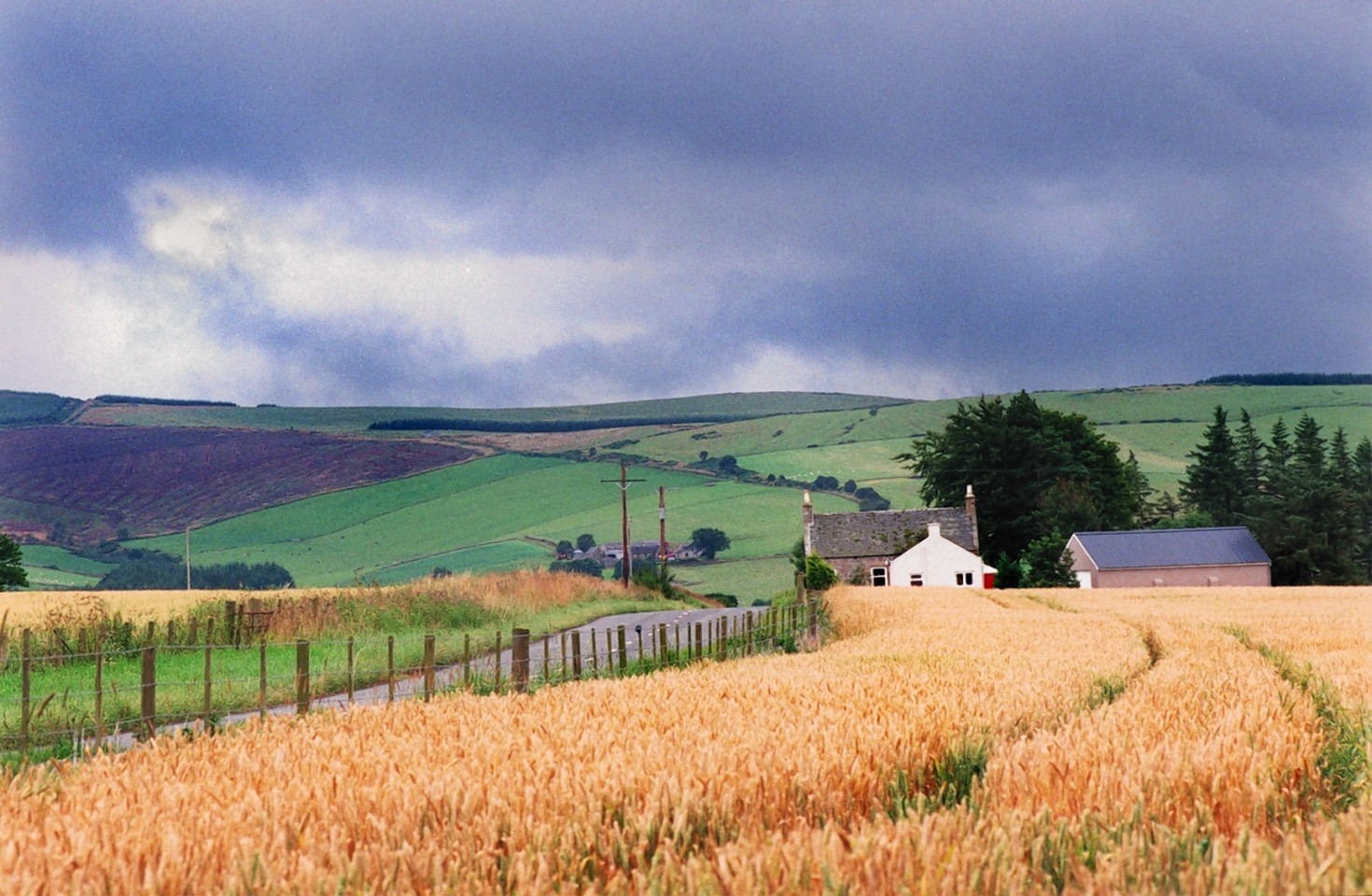New policy and legislation surrounding land reform and agricultural holdings legislation is at risk of collision or collapse, industry leaders have warned.
Members of the Scottish Agricultural Arbiters and Valuers Association (SAAVA) were told in Edinburgh yesterday that the upcoming Land Reform Bill and proposals outlined by the Agricultural Holdings Legislation Review Group will prove difficult to implement and in some cases contradict each other.
Former NFU Scotland president Nigel Miller warned that unless the detail was right on issues such as determining secure 1991 Act tenancies based on a budget process, and converting 1991 Act tenancies into new 35-year Limited Duration Tenancies, the whole process will crash.
“Basing rent on the earning capacity of the land has to have a robust system and there has to be some sort of dispute resolution,” said Mr Miller, who called for any major changes in rents to be phased in for farmers.
Agricultural lawyer John Mitchell, of Anderson Strathern Solicitors, added that there could be tensions between upcoming changes to modernise succession law and the agricultural holdings legislation proposals.
“There’s a risk that there will be a pressure towards family units being broken up through the succession process,” said Mr Mitchell.
“At present, if land is owned by an individual, they can write family members out of the will. But the proposal is that legal rights will be based on a legal share. The property of a family may be claimed by a spouse or a sibling, even though they have been written out of the will.”
The move to determine 1991 Act tenancy rents based on budgets was likely to result in another high profile court case such as the recent case with John Elliot at Roxburgh Mains, added Mr Mitchell. “If we move to a budget-based system, we will not remove the conflict of the past,” he said.
While the transfer of 1991 Act tenancies into 35-year LDTs could prove to be legally difficult, he warned. “Would it not have been a whole lot simpler just to say that if you want to convert, the tenancy becomes a fixed tenancy for a number of years. Changing to another type of tenancy is quite complicated, legally,” said Mr Mitchell.
